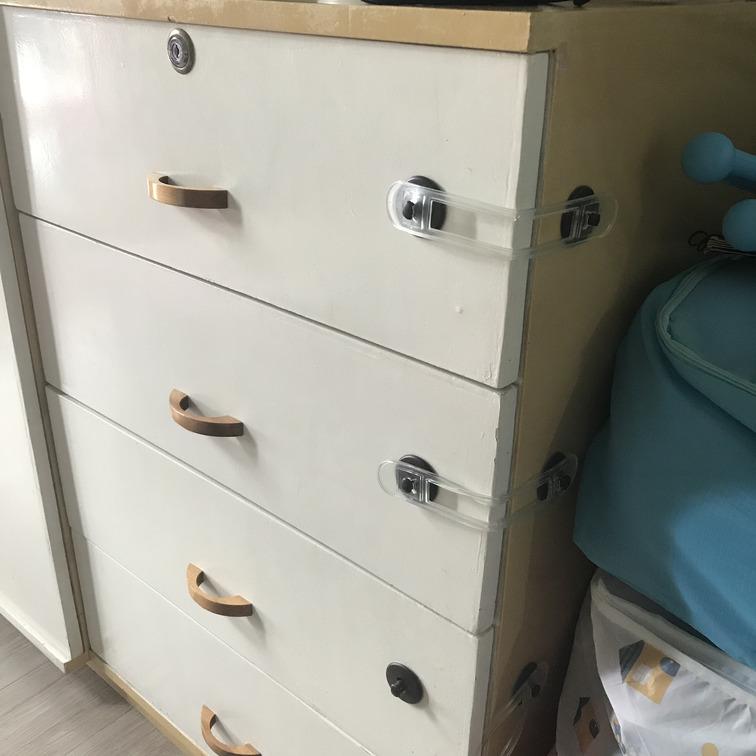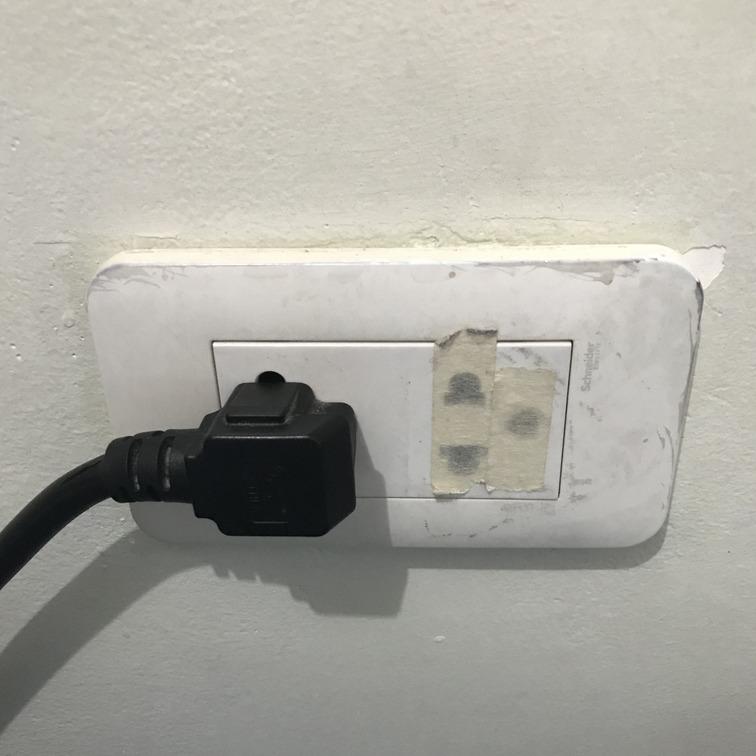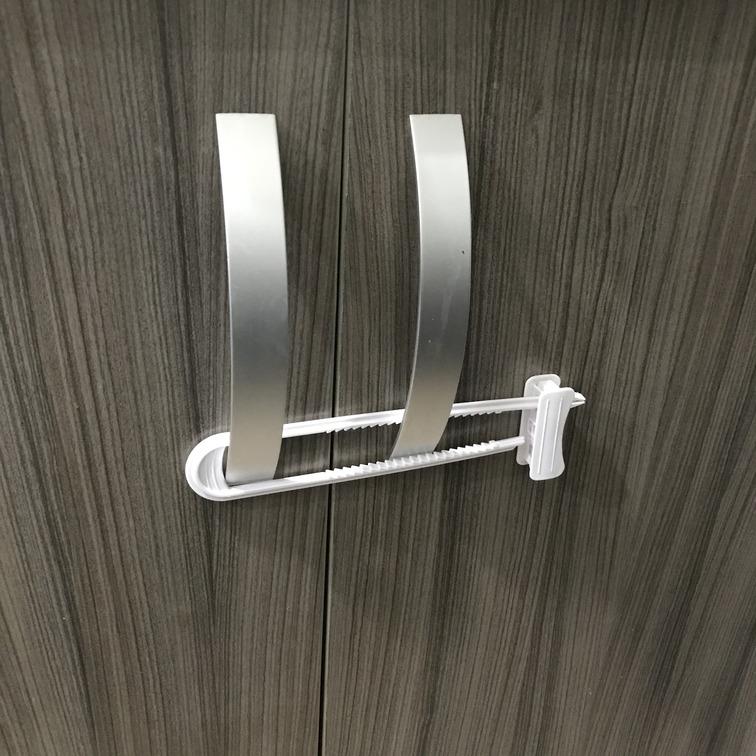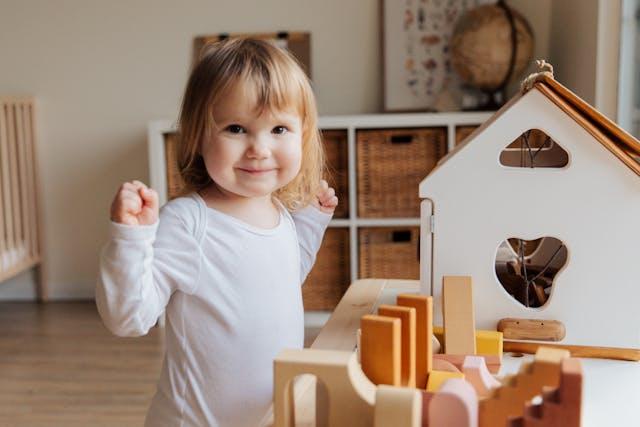Babyproofing Your New Home: What to Tackle First
It’s important to start babyproofing your new home as soon as possible when you have little ones in tow. Before you unpack all your boxes, take a moment to consider the safety of your new environment. Babyproofing your new home doesn’t just add a layer of protection. It also gives you peace of mind as your baby explores.
In this guide, we’ll walk you through the key areas to address, ensuring that every corner of your new space is secure for the smallest members of your family. Here are simple steps to make your home safe and welcoming for everyone.

Assess Your Space
Consider the layout of your new home and any changes you might need to make to create a baby-friendly house. Remember that moving with a baby requires proper planning and extra attention.
When assessing your home for babyproofing needs, look at each room from a baby’s perspective. Crawl around and note potential hazards like electrical outlets, sharp corners, or small objects that could pose a risk. It’s also wise to identify areas where heavy furniture can be anchored to prevent tipping.
Secure Heavy Furniture and Appliances
Identify items that could tip over, such as bookshelves, dressers, and television stands. To prevent accidents, anchor these to the wall using furniture straps or brackets, available online or at most hardware stores.
Consider mounting your TV to the wall or placing it on a stable, low base for added security. Regarding appliances like stoves and refrigerators, anti-tip brackets must keep them firmly in place.
At the same time, check that all freestanding appliances are balanced and not easily moved.
Electrical Safety
Electrical safety is a key aspect of babyproofing. Start by installing outlet covers on all unused electrical sockets to prevent curious fingers from poking into them.

Also, manage the cords around your home so they don’t become a tripping hazard. Secure loose cords with clips or ties to keep them out of reach and neatly organized.
For appliances and electronics that are used frequently, ensure their cords are behind furniture or on surfaces where they can’t be reached by crawling or toddling babies. Taking these steps will decrease the likelihood of accidents associated with electrical components.
Create a Safe Sleep Environment
Where I live, not many families have their nurseries. Cribs, however, are widely used.
Ensure your baby’s crib meets current safety standards with a firm mattress and tight-fitting sheets. Keep the crib clear of pillows, blankets, and toys, which can pose risks of suffocation or entanglement.
Position the crib away from windows, curtains, and electrical cords to avoid hazards. You should also not place it beside walls with hanging picture frames or other decor that might fall should there be earthquakes.
In addition, it’s wise to check that all furniture is securely anchored to prevent accidents if your baby starts to pull up or climb. You may consider installing a baby monitor to keep an eye on your little ones during naps or nighttime.
Kitchen Concerns
Start by securing all cabinets and drawers with child-proof locks to protect little hands from dangerous items like cleaning supplies and sharp utensils. These locks are easy to install and operate, ensuring only adults can access the contents.

Also, consider installing safety gates or locks on appliances that can get hot, like the oven and stove, to prevent your child from opening them. If you use a bottle sterilizer or dryer, ensure it’s placed well out of reach, and the cords are secured. That prevents your child from pulling on them, potentially causing hot items to fall.
Bathroom Basics
To prevent accidents, place non-slip mats inside the bathtub (if you have) and on the floor outside. These mats provide a secure footing, reducing the risk of slips and falls when the surfaces become wet. Some parents install child-proof locks in their toilets to prevent potential drowning and the mess from curious toddlers who might try to explore the water.
Additionally, ensure that all medicines, razors, and cleaning supplies are stored in cabinets with child-proof locks or up high where they are unreachable. Adjust your water heater settings to avoid scalding temperatures, making bath time safer.
Create Safe Play Areas
Creating safe play areas in your home is crucial for your child’s development and safety. Ensure these zones are free from sharp corners, breakable items, and heavy objects that could tip over. Use baby gates to restrict access to unsafe areas, and consider softening hard floors with play mats or rugs to cushion falls.
For toy storage, choose sturdy bins and shelves that are low to the ground. That allows your child easy access without the risk of tipping. Regularly check these play areas for small or broken toys that pose choking hazards, and keep the space organized to prevent accidental trips and falls.
Battery-operated toys should also be checked for loose screws on caps.
Safeguard Your Home, Safeguard Their Future
Babyproofing your new home is a proactive step towards ensuring a safe environment for your kiddos. Not to mention you won’t be hovering and saying “no” to them all the time. (Don’t forget though that nothing beats adult supervision.)
Prioritizing these tasks during the initial setup of your home can save time and provide peace of mind as your babies grow and become more mobile.



